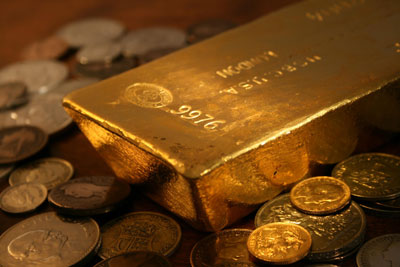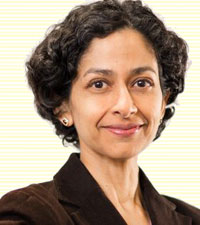Shiny happy reserves
Swaha Pattanaik
 Gold bugs aren’t always rational. That’s not the case for central banks, whose purchases of the yellow metal last year were the highest since the United States broke the link between gold and the dollar in 1971. It’s less a short-term gamble that prices of the precious commodity will rise, and more a concern that dollar dominance could gradually be eroded over time. Gold bugs aren’t always rational. That’s not the case for central banks, whose purchases of the yellow metal last year were the highest since the United States broke the link between gold and the dollar in 1971. It’s less a short-term gamble that prices of the precious commodity will rise, and more a concern that dollar dominance could gradually be eroded over time.
Central banks bought 651.5 tonnes of gold in 2018, the second highest on record and up 74 percent from the year earlier, according to the World Gold Council. As in the past three years, Russia, Kazakhstan, and Turkey were significant buyers, but were last year joined by the likes of Poland, Hungary and India.
Official FX reserve managers tend to be tight-lipped. But Hungary in October explained it increased gold reserves by tenfold for long-term stability reasons rather than short-term investment considerations. The precious metal was in limited supply and had no credit or counterparty risks since it was not a claim on a specific institution or country.
Such thinking may seem like a version of the other reason individual investors stock up on gold – because they are terrified of holding ostensibly riskier assets like shares and bonds. With geopolitical tensions rife, this would be understandable. But there are two bigger reasons.
One is concern about the U.S. use of dollar dominance in the global financial system to throw its weight around. Germany, France and Britain have tried to open a new non-dollar trade channel with Iran, but it probably won’t be able to significantly subvert U.S. sanctions against the Islamic Republic. No wonder European Commission President Jean-Claude Juncker wants to promote the euro as a global currency, rather than accepting dollar price tags for planes, energy and other goods.
Even more important is the rise of China. Its economy accounts for almost a fifth of global GDP and more than a tenth of global trade but its currency makes up less than 2 percent of central bank reserves, as OMFIF, the Official Monetary and Financial Institutions Forum, points out. Reserve managers may not know how long it will take for China’s currency, or the euro, to nibble away at the dollar’s pre-eminence. But they are taking small precautionary steps to diversify their exposure away from the greenback. That is far removed from the blind enthusiasm usually associated with gold fever.

Swaha Pattanaik is Global Economics Editor at Reuters Breakingviews, based in London. Previously Reuters’ EMEA Financial Markets Editor, she writes about global financial markets, macroeconomics, policymaking, and France. She was posted to Paris as Reuters’ senior economics correspondent and to Brussels as its European economic and monetary affairs correspondent. Before then she was the head of the Reuters FX reporting desk in London. Prior to joining Reuters, she worked for Bloomberg, Euromoney, and consulting firm IDEA. She has an MSc in Political Theory and Political Sociology from Birkbeck and a BSc (Econ) in Mathemetical Economics and Econometrics from the London School of Economics.
www.breakingviews.com
| 



